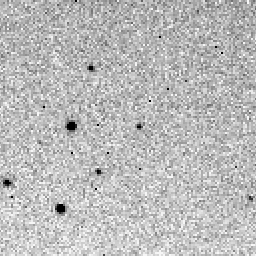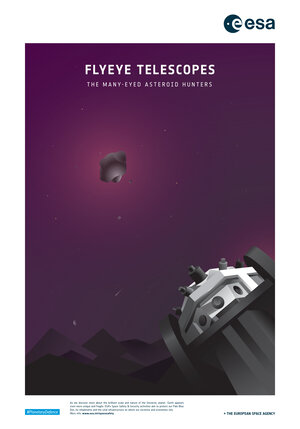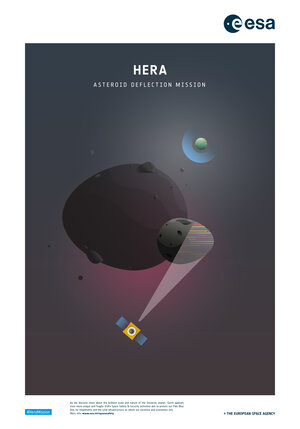Space Safety: ESA's Planetary Defence Office
Near-Earth objects (NEOs) are asteroids or comets of sizes ranging from metres to tens of kilometres that orbit the Sun and whose orbits come close to that of Earth’s. Of the more than 600 000 known asteroids in our Solar System, more than 20 000 are NEOs.
An example of a NEO is 25143 Itokawa, an object about 300 m in diameter that was visited by the Japanese spacecraft Hayabusa in 2005.
About NEOs
Near-Earth Objects could potentially hit our planet and, depending on their size, produce considerable damage. While the chance of a large object hitting Earth is very small, it would produce a great deal of destruction. NEOs thus merit active detection and tracking efforts.
The goal of the Space Safety Programme's Planetary Defence Office is to:
- Become aware of the current and future position of NEOs relative to our planet;
- Estimate the likelihood of Earth impacts;
- Assess the consequences of any possible impact;
- Develop NEO deflection methods.
The NEO Segment observes NEOs, predicts their orbits, produces impact warnings when necessary and is involved in potential mitigation measures.
| ROLE | Provide warnings on potential asteroid impact hazards, including discovery, identification, orbit prediction and civil alert capabilities |
| COORDINATION | NEO Coordination Centre, ESA/ESRIN, Italy |
| SENSORS | Now: mix of professional/volunteer telescopes supported by tracking databases, plus other European assets. Future: fully integrated system supporting alerts for civil authorities |
NEO Segment
The SSA-NEO system is based on syndicating and federating observation and tracking data provided by a large number of European and international sources.
The most important components include:
- Observatories and astronomers with telescopes of various sizes, both professional and volunteer;
- A central NEO Coordination Centre (NEOCC), which uses astrometric measurements collected by the Minor Planet Center (USA);
- An analysis capability to predict possible impact locations and assess dangers;
- Analyses related to risk mitigation, including the possible deflection of an asteroid;
- A system for issuing warnings and alerts to civil authorities in Europe.
Data on NEOs are collected from telescopes and radar systems worldwide. Each of these submits observations to the Minor Planet Center (MPC ), operated via a mandate of the International Astronomical Union (IAU) at Cambridge, Massachusetts, USA, which acts as a central clearing house for asteroid and comet observations.
The measurements collected there are retrieved by the NEO Coordination Centre (NEOCC); orbits and miss distances are computed. In case of high-risk impact predictions, the data will be cross-checked with NASA’s SENTRY system, operated by the Jet Propulsion Laboratory, California, before issuing alerts.
The NEO team
The NEO team are based at the NEOCC, ESA’s ESTEC technical centre and ESOC.
The team is managed by Richard Moissl. As a Solar System Scientist, Richard has studied all forms and sizes of space rock, from interplanetary dust, asteroids, comets and several planets and has been involved in several robotic space missions across the solar system.
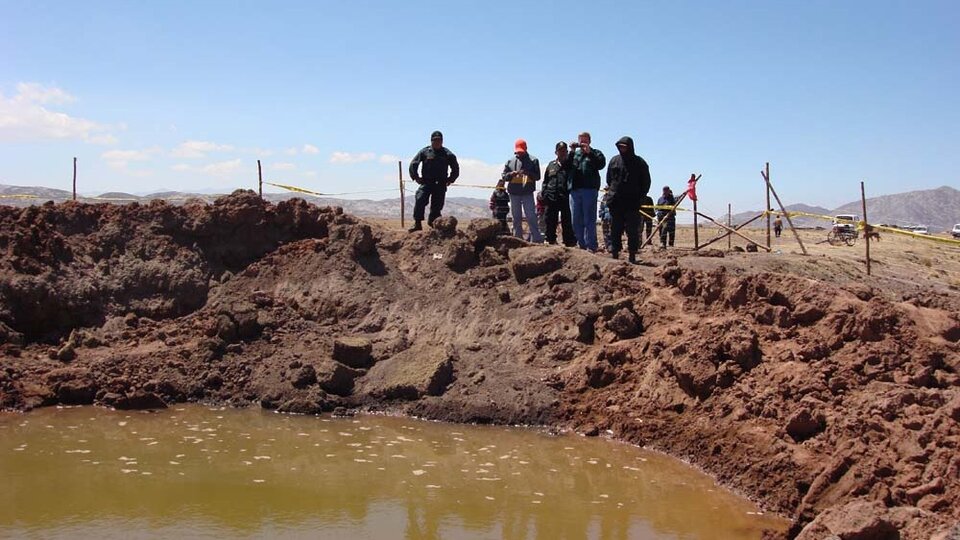
The NEO team also includes ESA scientists with expertise in NEO mission analysis, planetary and asteroid science, astronomy and astrometry. These are supported by experts in scientific institutes and European industry, which are helping to create a functional and effective NEO warning system.
"Within Europe, we have developed world-class capabilities and expertise in observing, discovering and assessing Near-Earth Objects," says Richard Moissl, Head of ESA's Planetary Defence Office.
"One of our major goals is to fill observational and knowledge gaps with upcoming space missions, while continuing to coordinate and support local experts and make their observations available in a consistent system that offers benefits to all citizens of the planet."
Precursor services overview
The necessary elements for providing NEO survey services to Europeans were in place even before the start of ESA’s Space Safety Programme. However, they are operated by diverse scientific institutions having limited resources.
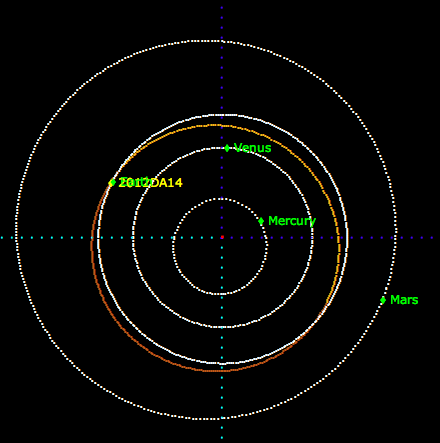
Under Space Safety, the Planetary Defence Office have implemented precursor services, provided via the NEOCC. These precursor services integrate existing NEO information and include the following activities:
- Establish the required infrastructure at the NEOCC – mainly computer hardware and an expert coordination team;
- In collaboration with European scientific and research institutes, develop a new, central database for Europe’s NEO information (while maintaining current services);
- Assess capabilities of existing European resources, including infrastructure (observatories, catalogues, networks) and expertise;
- Integrate and federate these resources into the Planetary Defence Office with service and performance targets;
- Study and assess, in cooperation with international scientific and political bodies such as the UN, the best way to coordinate warnings if a potential Earth impactor is detected.
The NEO precursor services can be accessed via http://neo.ssa.esa.int.
Facilities and infrastructure
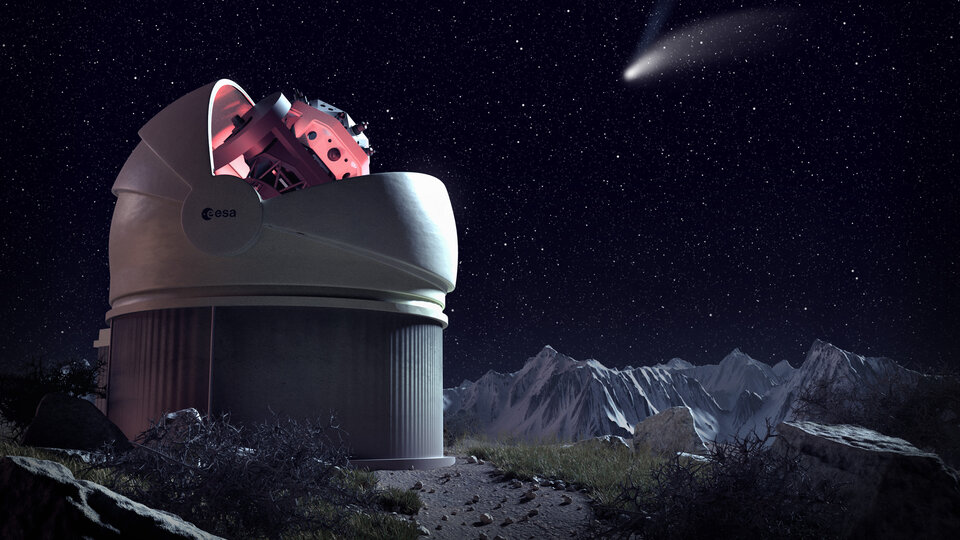
The current set of precursor services has been provided via the NEOCC since May 2013.
NEOCC supports the integration and initial operation of ESA’s NEO information distribution activities. In the current phase of the SSA programme, running 2017–20, the focus lies in the operation and further expansion of NEOCC, in particular to expand the existing user tools and to completely install the NEODyS orbit determination and impact warning system at ESRIN.
In addition, the construction of the first NEO Survey Telescope, dubbed ‘fly-eye’ owing to its multilens design, will be finished. The telescope will be installed at a suitable site and commissioned.




